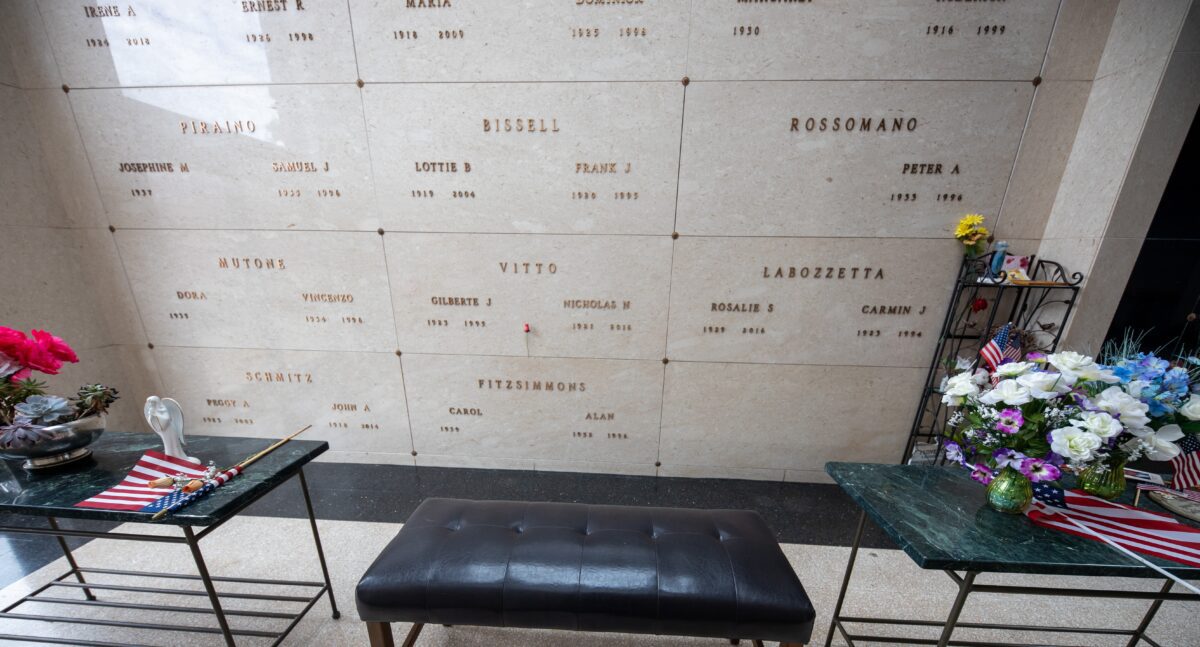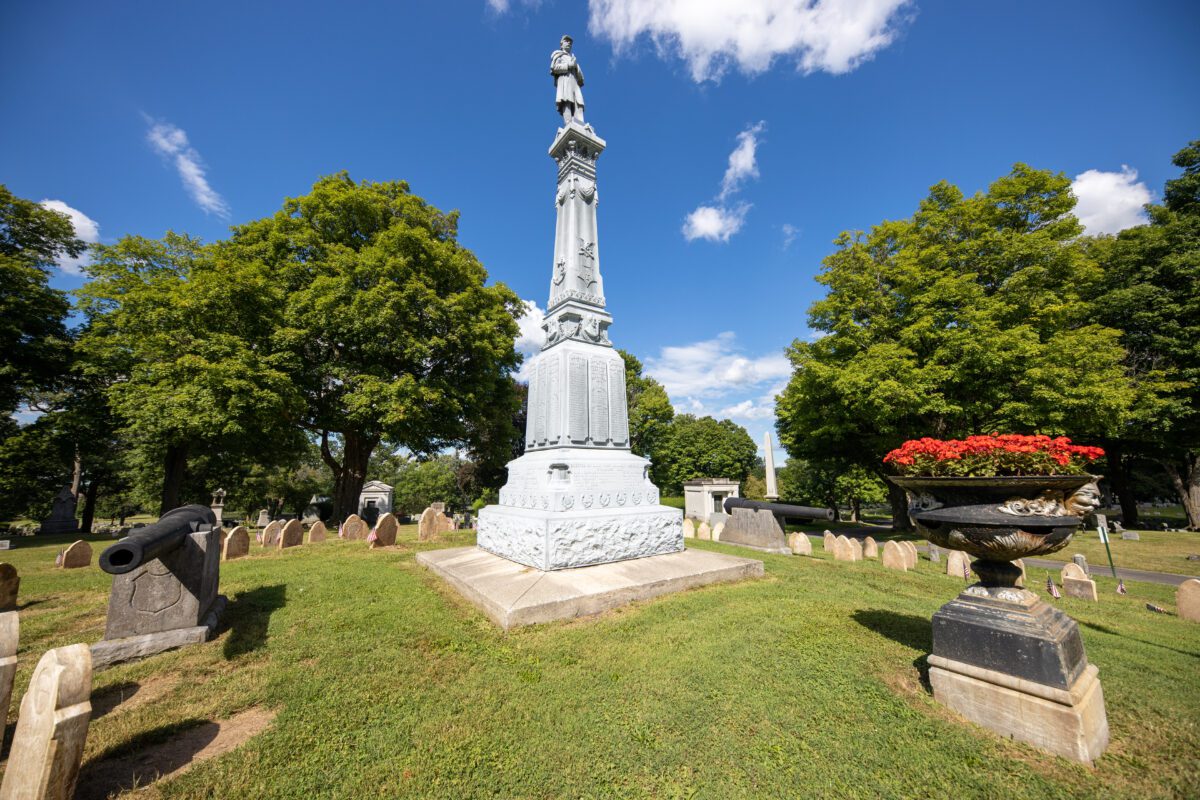In an age of DNA test kits and online ancestry trees, Americans are diving headfirst into their family histories – and cemeteries are emerging as unexpected, invaluable research destinations.
Genealogy has long been a pursuit for professional historians and hobbyists alike, but in recent years, it has experienced a dramatic resurgence, particularly among Generation X and Baby Boomers. According to AARP, genealogy ranks among the top five hobbies for older Americans, many of whom are motivated by a desire to understand their roots, preserve family stories and leave a legacy for future generations.
A Growing Passion for the Past
Fueled by digital access to records, growing interest in DNA testing and a surge of curiosity during the isolation of the pandemic, more people than ever are tracing their lineage. For many, that journey leads not only to online databases, but to the very real, physical spaces where their ancestors rest.
And it’s in these quiet, tree-lined cemeteries that the past often comes to life.

Cemeteries as Living Archives
Cemeteries like Woodlawn in Syracuse – established in 1881 and spanning 135 acres – serve as rich historical archives. Headstones preserve names, dates, familial relationships and sometimes even personal achievements. In Woodlawn’s case, its 140-plus-year history reflects the changing fabric of Central New York: a resting place for veterans of historic wars and generations of families who helped shape and grow the city of Syracuse.
Unlike census records or birth certificates, gravestones are public, personal and deeply visual. For genealogists, visiting a cemetery can confirm long-lost family connections, spark new leads and even introduce unknown relatives buried in the same plot.
Syracuse Roots, Global Stories
Woodlawn’s location in historic Syracuse – a city incorporated in 1847 and home to waves of immigration, industrial expansion and cultural transformation – makes it particularly valuable for researchers. With over 144 years of recorded interments, it serves not only as a burial ground but as a cultural map of Syracuse itself.
For those seeking family history in Central New York, Woodlawn offers rare access to more than a century of local and national history, embedded in its landscape.

Modern Tools for an Old Tradition
What once required combing through dusty archives can now begin with a few clicks. Woodlawn has made its burial records freely searchable online via its Burial Records Search tool, a database that makes it easier than ever to find names, dates and lot information from home.
This kind of digitization has opened the gates to wider participation in genealogy. Enthusiasts can explore names, map family trees and plan visits without the need for specialized knowledge or a researcher’s credentials.

A Hobby with Heart
For many, genealogy is about more than names and dates, it’s about belonging. It’s about discovering the real people behind family lore, placing their stories in context and honoring the paths they traveled.
Cemeteries like Woodlawn, with full-time staff and a board dedicated to history and community preservation, play a quiet, but powerful, role in that search. They offer not just records, but a sense of continuity – a bridge between generations.